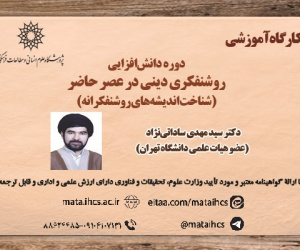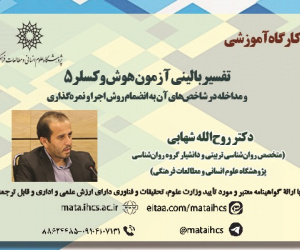بررسی تأثیر جزء نقدی سود بر پایداری سود و بازده سهام
آرشیو
چکیده
هدف این تحقیق بررسی پایداری سود و قیمت گذاری سهام بر اساس جزء نقدی سود در شرکت های پذیرفته شده در بورس اوراق بهادار تهران از سال 1380 تا 1395می باشد. بر مبنای تحقیقات پیشین، سود حسابداری قابل تقسیم به دو جزء نقدی و تعهدی می باشد و جزء نقدی سود نیز به سه مولفه وجه نقد و معادل نقد، وجه نقد پرداختی به/دریافتی از سهامداران و وجه نقد پرداختی به/دریافتی از بستانکاران تقسیم می شود. همچنین فرضیه سرمایه گذار بی تجربه پیش بینی می کند؛ یک رابطه مثبت بین اجزای نقدی سود و بازده آتی سهام وجود داشته باشد. نتایج آزمون فرضیات نشان می دهد؛ پایداری جزء نقدی سود بیشتر از جزء تعهدی سود است و این پایداری ناشی از وجه نقد پرداختی به/دریافتی از بستانکاران است. نتایج بدست آمده از مدل های قیمت گذاری و بازده عادی سهام، فرضیه سرمایه گذار بی تجربه را رد می کند و نشان می دهد؛ بین بازده آتی سهام و پایداری اجزای نقدی سود همبستگی وجود ندارد؛ اما بین بازده غیرعادی سهام و وجه نقد پرداختی به/دریافتی از بستانکاران رابطه مثبت و معناداری وجود دارد و در نتیجه فرضیه سرمایه گذار بی تجربه تائید می گردد.Implications of the Cash Component of Earnings for Earnings Persistence and Stock Returns
The main objective of this paper is to examine the persistence, pricing and economic significance of the cash component of earnings in Tehran stock exchange listed firms from 2001 to 2016. In so doing, we break down the cash component of earnings into changes in the cash balance and into issuances/distributions to debtholders and equity holders. The naïve investor hypothesis predicts a positive relation between the cash component of earnings and future stock returns. We find that the cash component of earnings is more persistent than the accrual component and that this higher persistence can be attributed primarily to cash distributed to debtholders. The result from our first pricing model dosen't support the naïve investor hypothesis and show that future normal stock returns have not the positive correlation with the most persistent cash subcomponent of earnings. But the results show that future abnormal stock returns have the strongest positive correlation with cash distributed to debtholders and thus the result from our seconed pricing model supports the naïve investor hypothesis.







